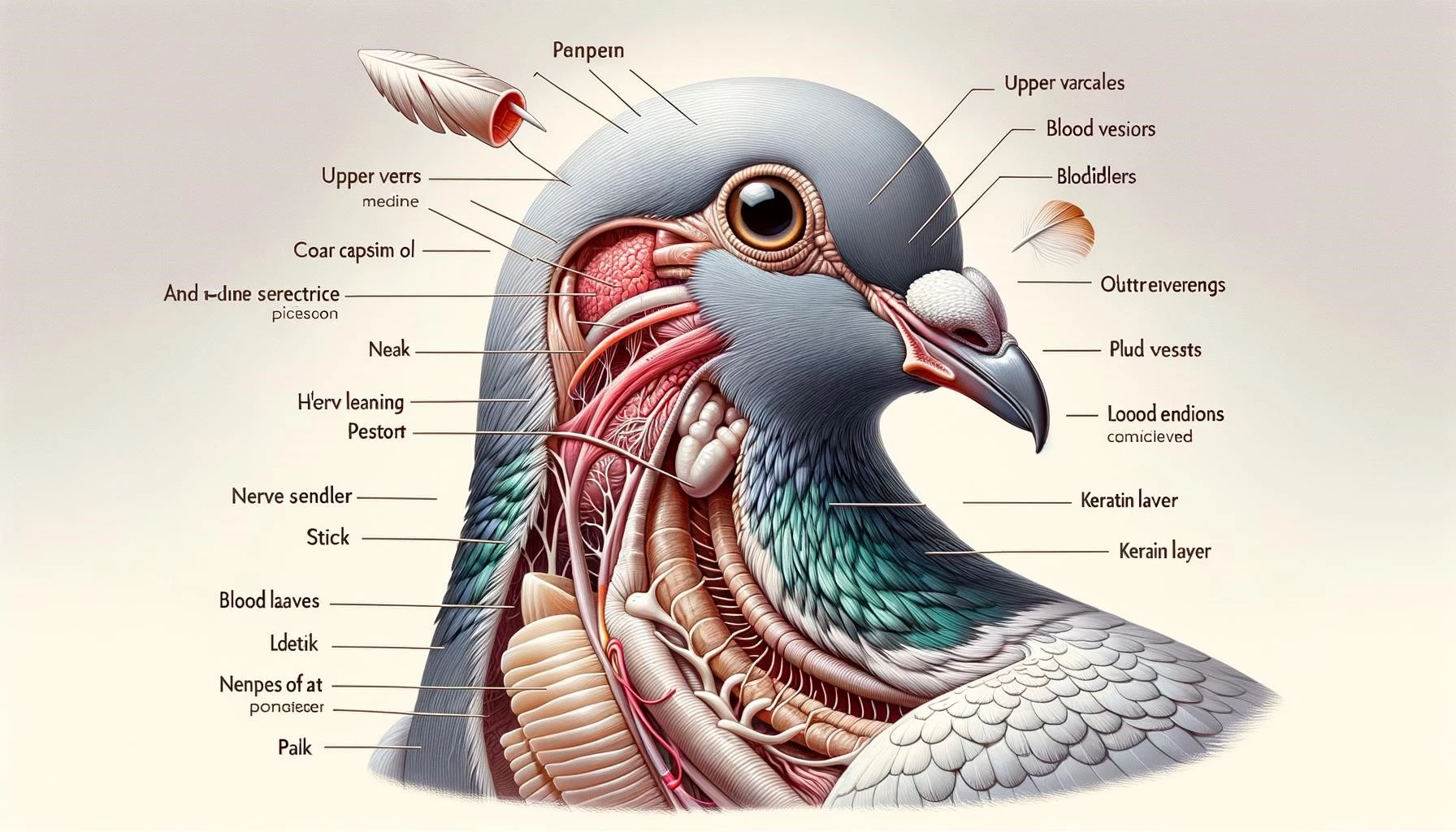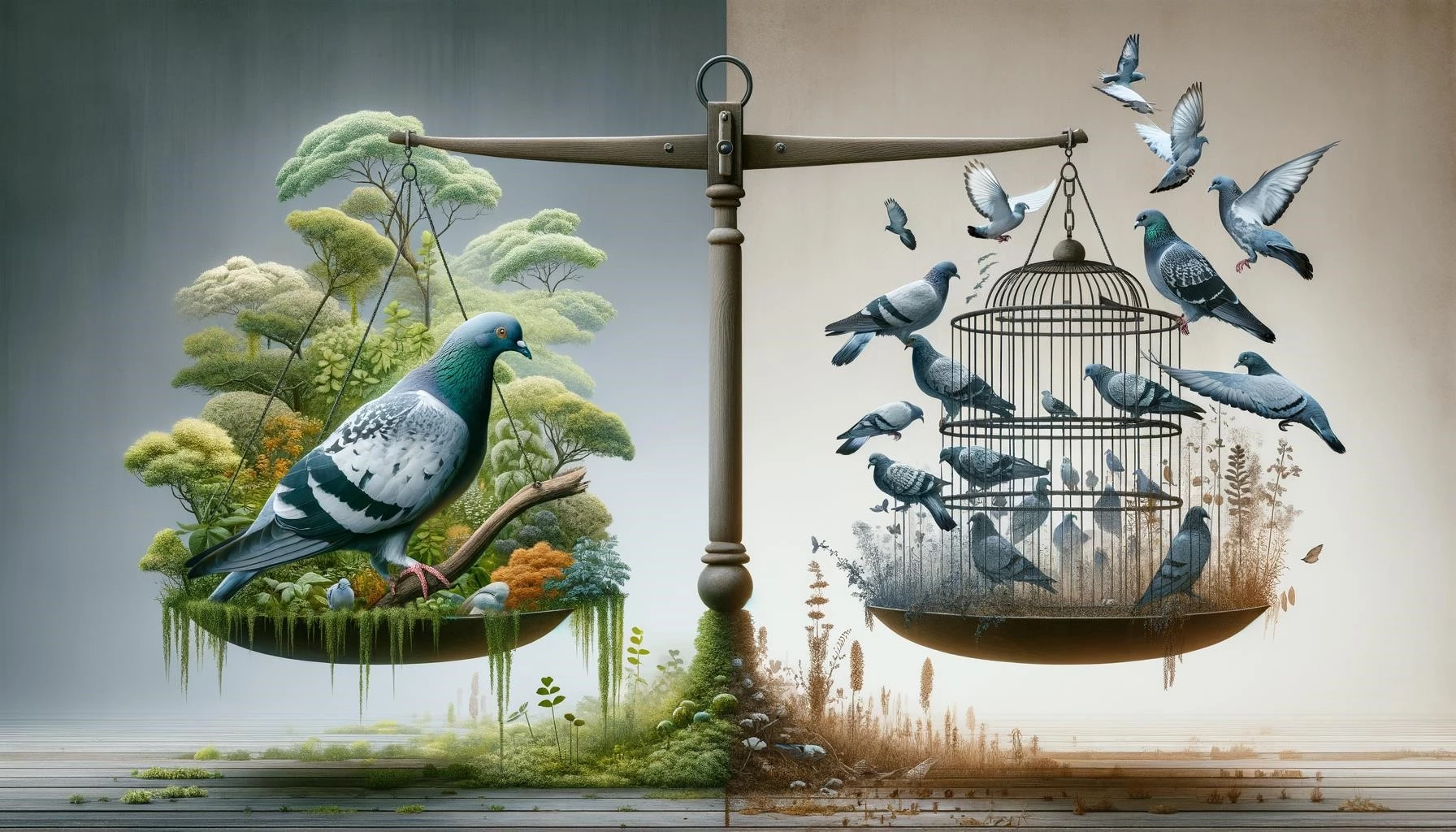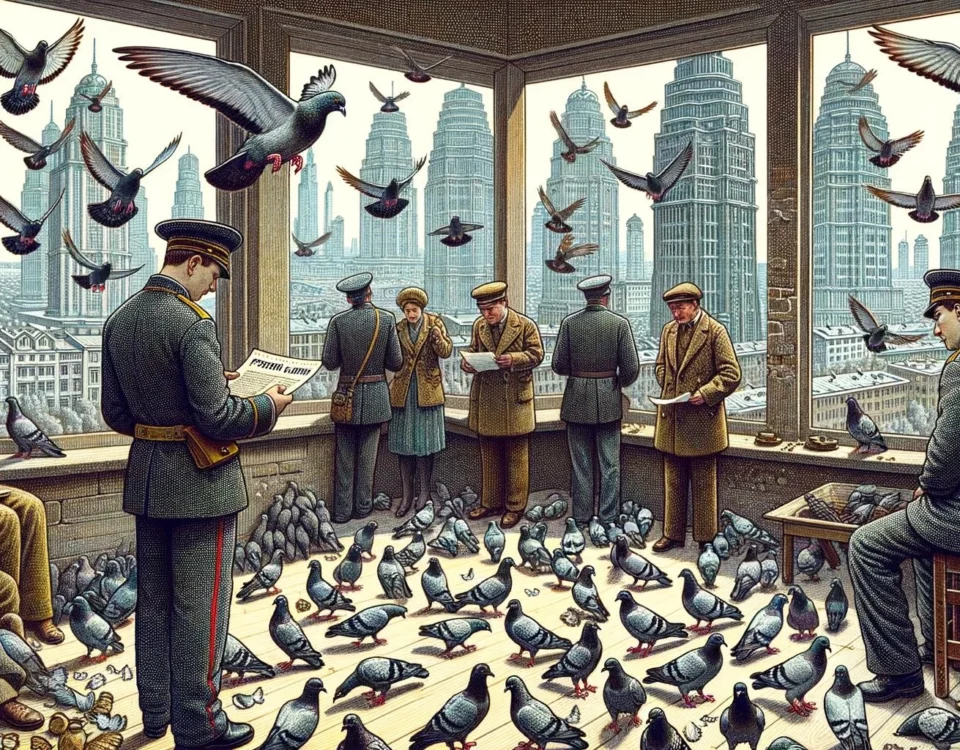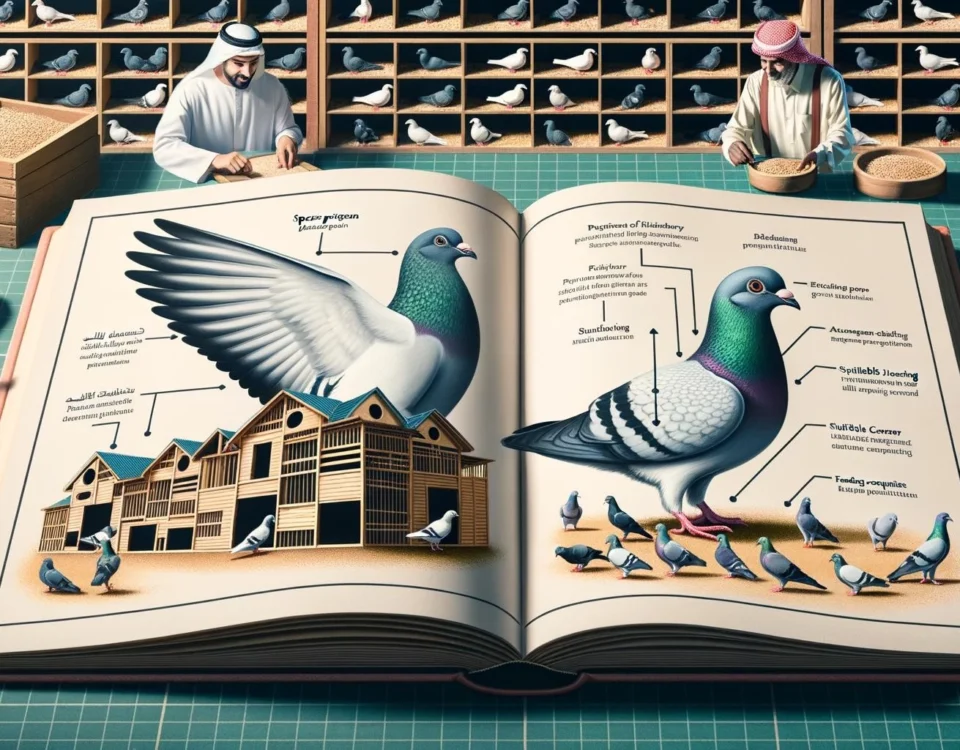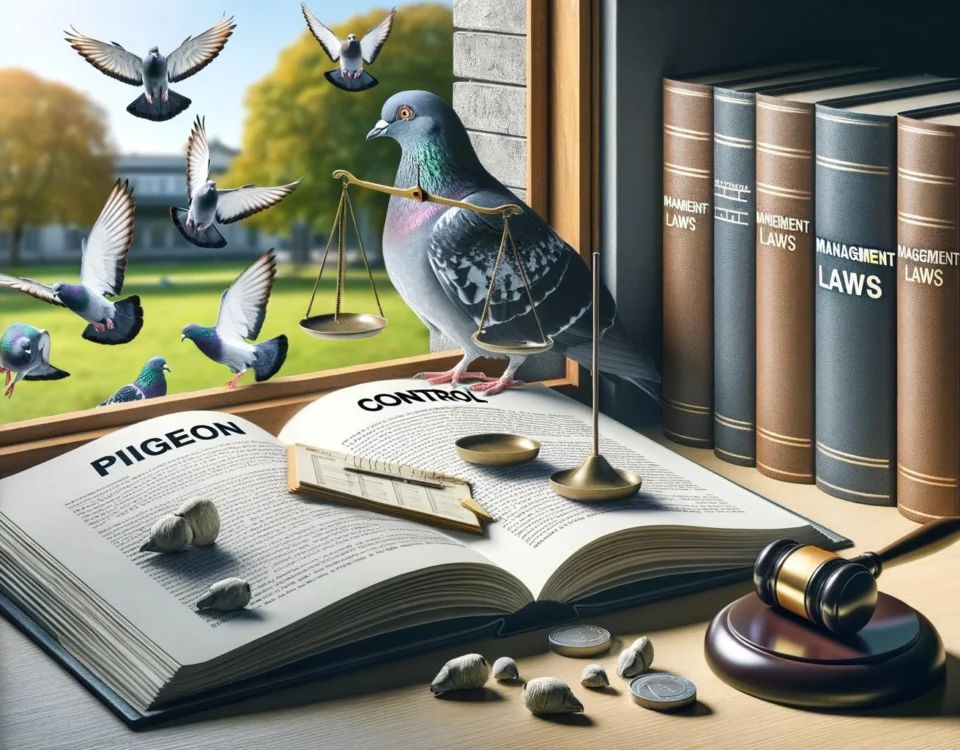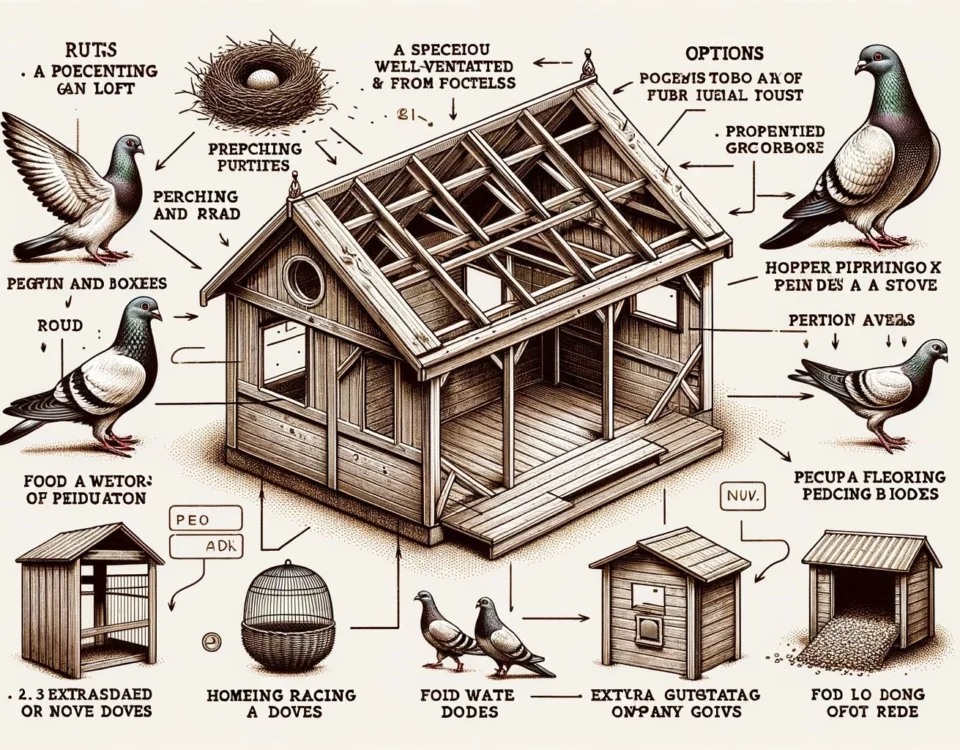Pigeons, specifically the passenger pigeon, have been the subject of legislation and regulations due to their impact on biodiversity. These laws aim to protect pigeon populations and preserve biodiversity in various regions. In this article, we will explore the relationship between pigeon laws and biodiversity, examining the significance of these regulations.
Key Takeaways
- Pigeons, particularly the passenger pigeon, were once abundant but became extinct due to overhunting and habitat destruction.
- Pigeons are associated with various environmental issues, including habitat loss for native species and concerns about disease and filth.
- In some parts of the world, certain pigeon species are protected by law to conserve their populations and ensure biodiversity preservation.
The Extinction of the Passenger Pigeon
The passenger pigeon, also known as Ectopistes migratorius, was once one of the most abundant birds in North America. However, due to overhunting and habitat destruction, the species became extinct in 1914 when the last known passenger pigeon died. The extinction of the passenger pigeon is a tragic example of how human activities can negatively impact biodiversity.
Pigeons and Biodiversity Conservation
Pigeons, particularly feral and invasive species, are often associated with habitat loss for native species and environmental concerns such as disease and filth. To address these issues and protect biodiversity, laws and regulations have been implemented in different parts of the world to conserve pigeon populations and maintain the ecological balance.
Protection of Pigeon Species
In certain regions, pigeons are protected by law to safeguard their declining populations and preserve biodiversity. For example, in North America, federal and state laws are in place to protect specific pigeon species threatened by habitat loss or other factors. These laws aim to ensure the conservation of pigeon species and their habitats.
Impact on Urban Ecosystems
Pigeons, with their ability to adapt to urban environments, play a role in urban ecosystems. They contribute to the trophic levels and act as a food source for many birds of prey. Understanding the ecological dynamics of pigeon populations is crucial for maintaining a balanced urban ecosystem and preserving biodiversity.
Challenges and Conservation Efforts
The extinction of the passenger pigeon serves as a reminder of the potential consequences of ineffective management decisions and the importance of conservation efforts. Efforts are being made to address biodiversity loss and protect species at risk, including pigeons. Implementing effective laws, policies, and conservation strategies can contribute to the preservation of pigeon species and support overall biodiversity conservation.

